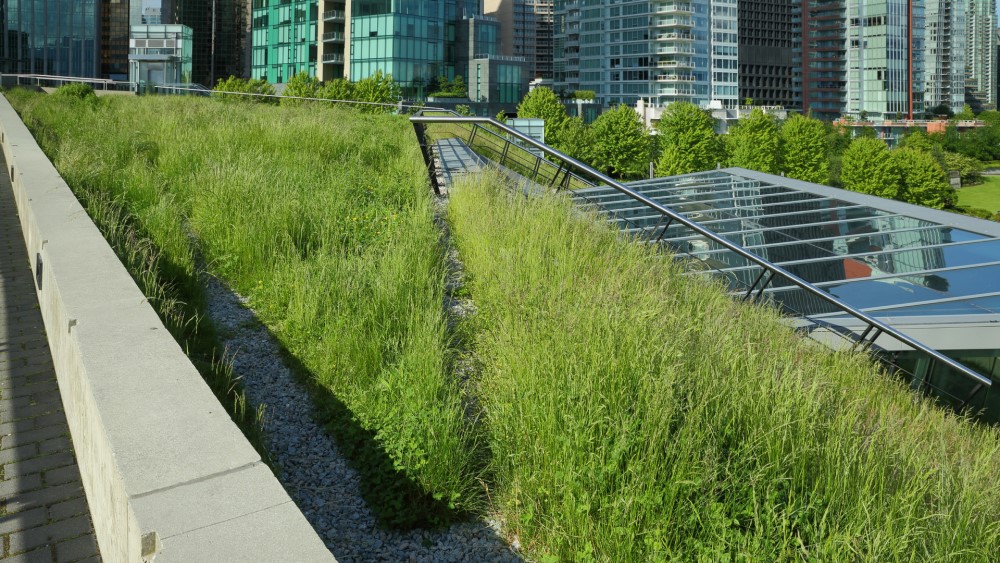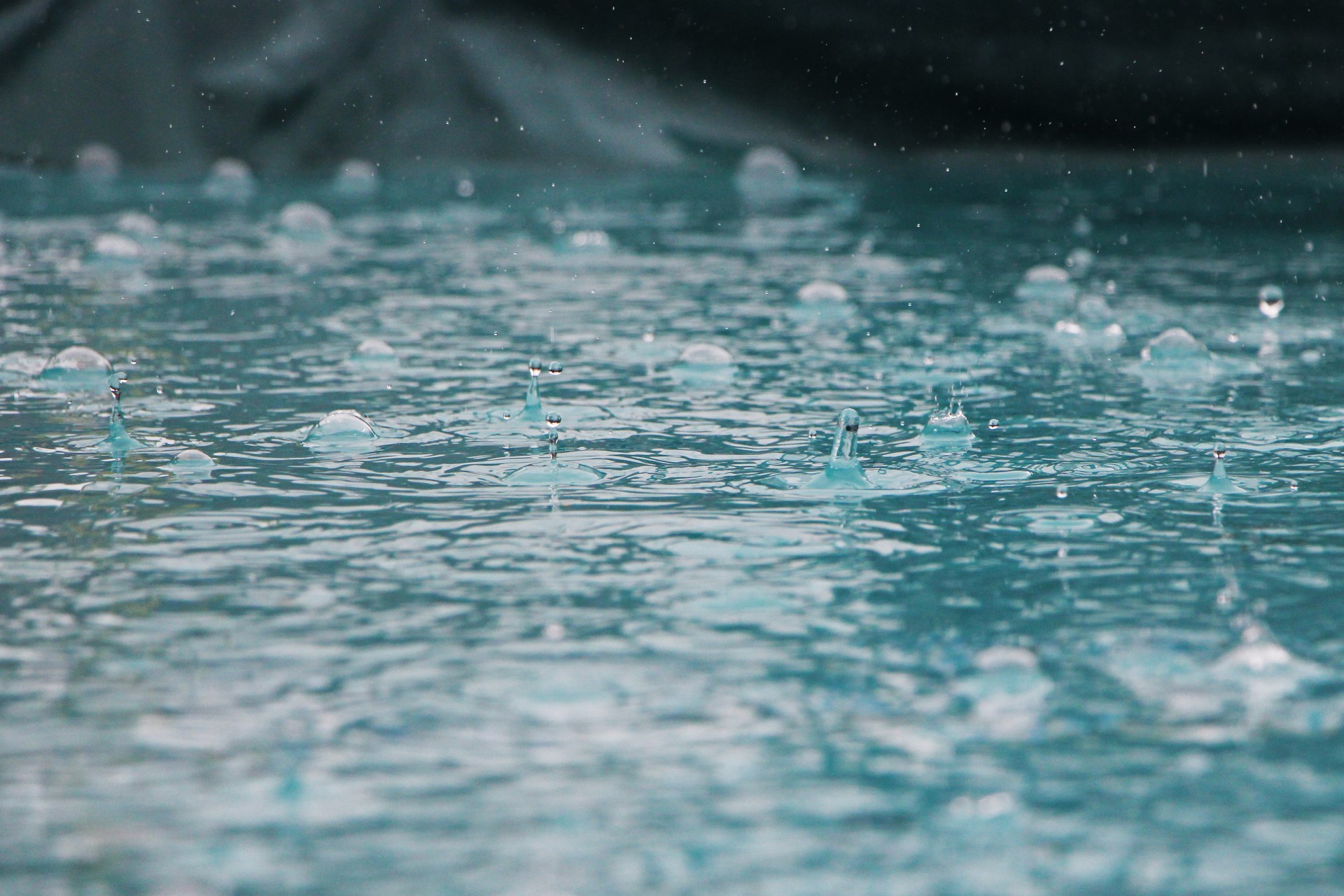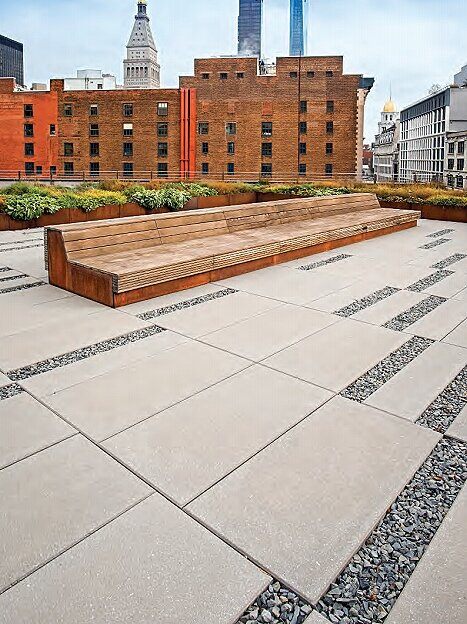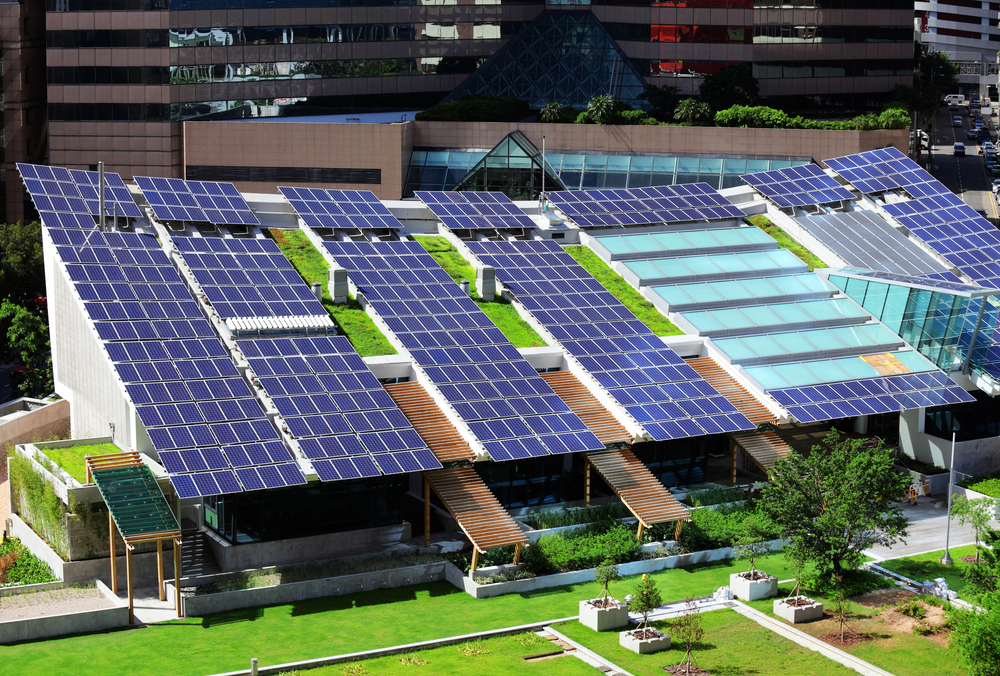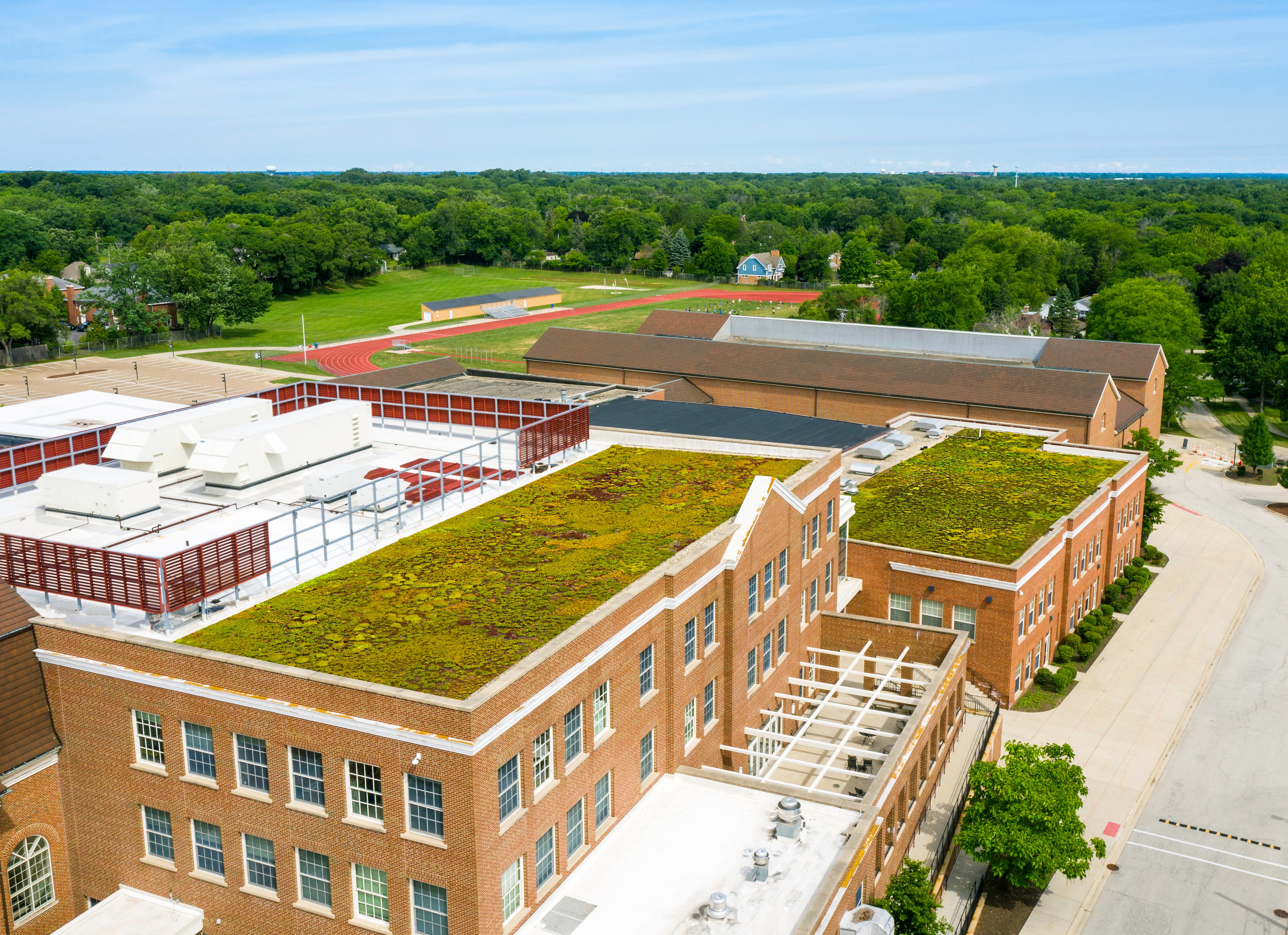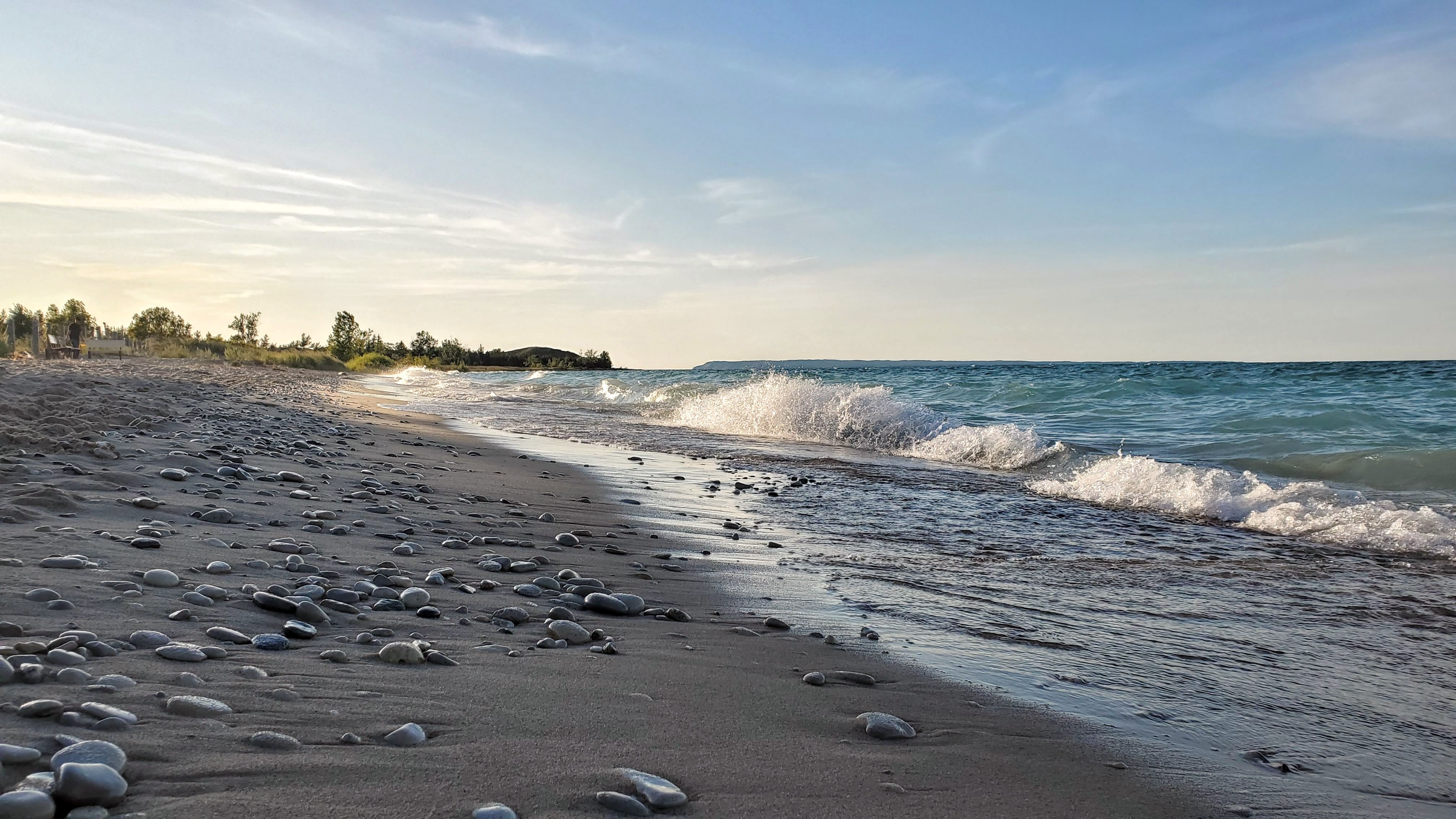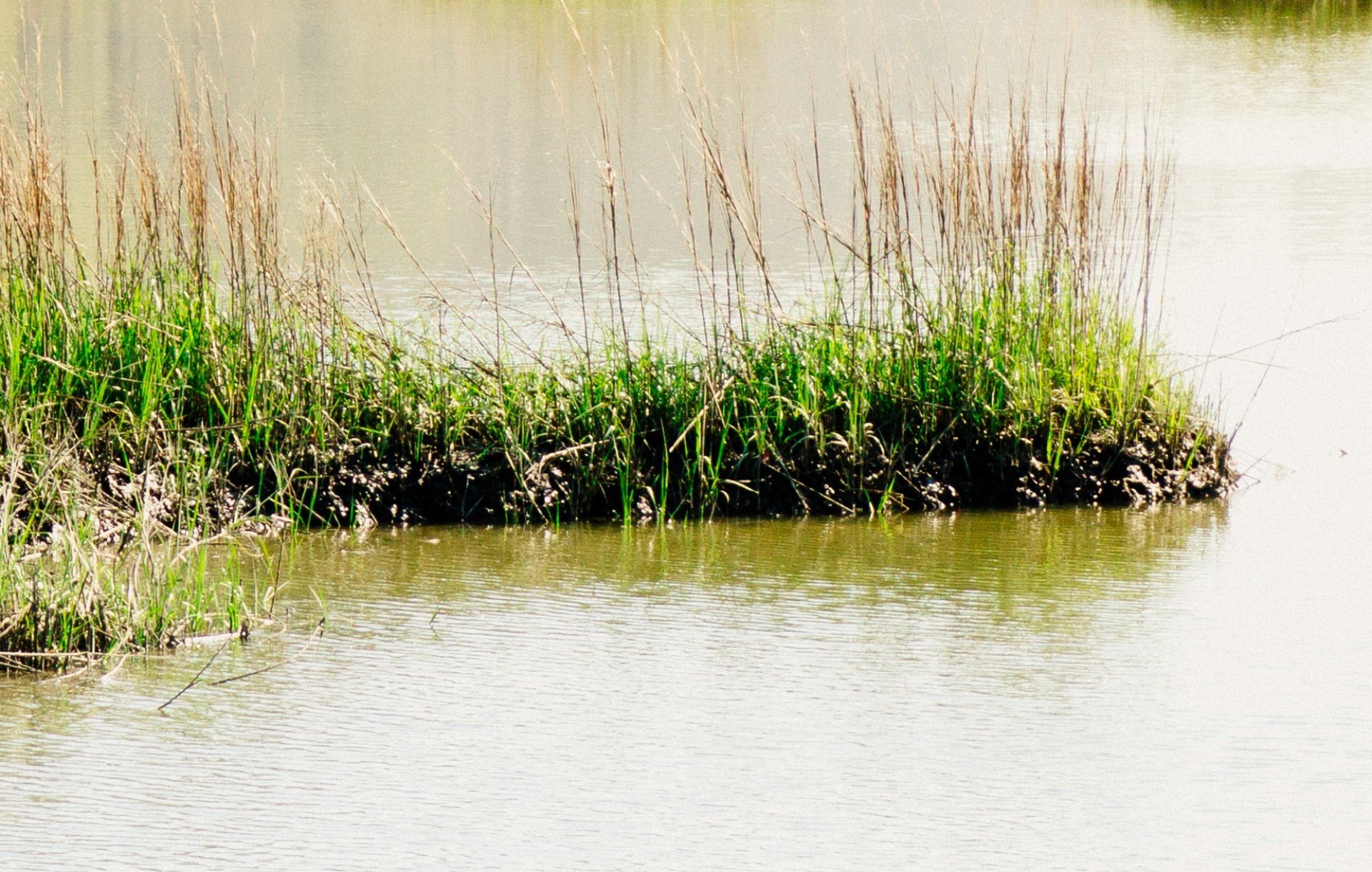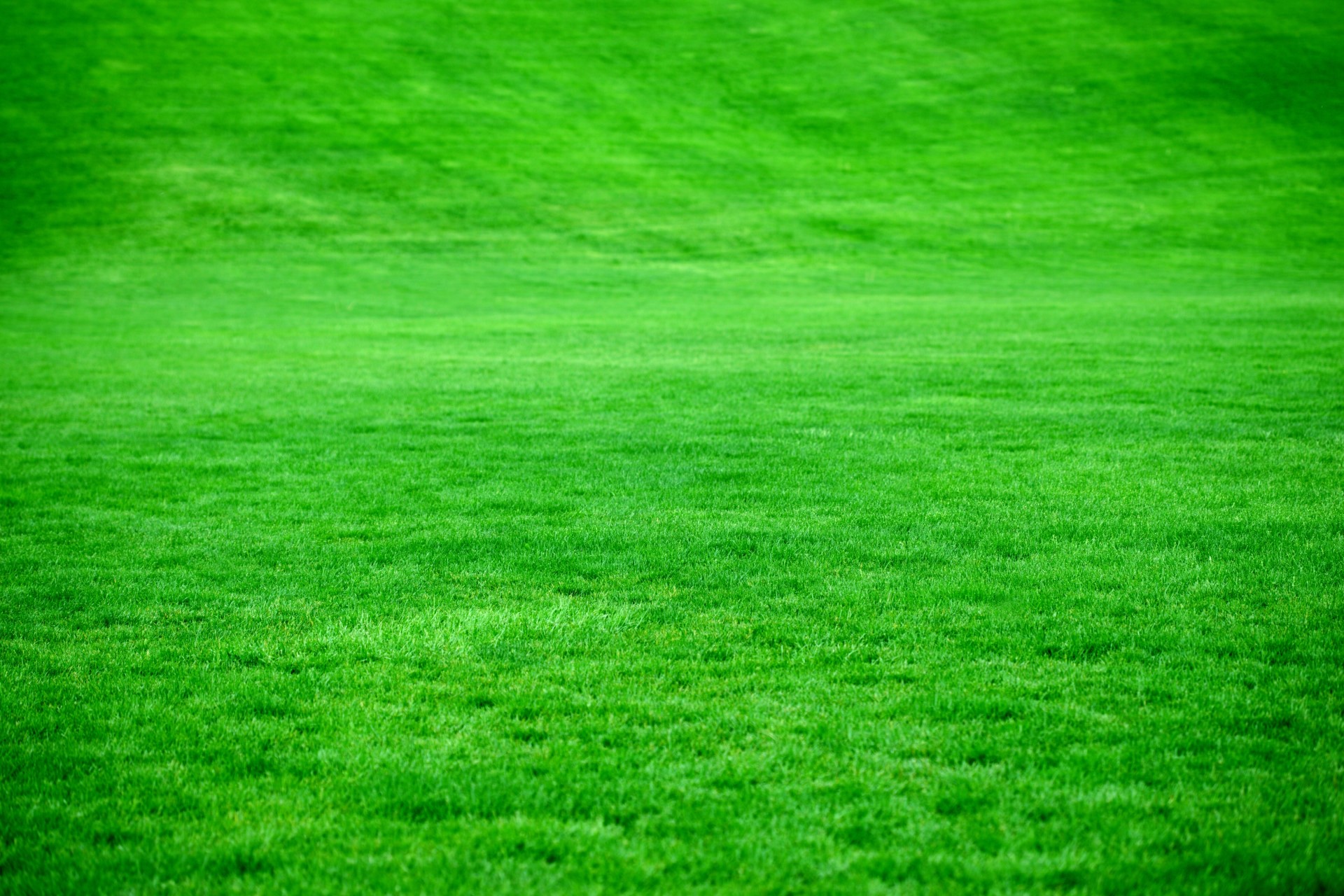Modern landscaping relies heavily on turf and the inputs and activities needed to maintain it. Despite an automatic urge to denigrate those methods, the question that the environmentally conscious and sustainably-minded should be asking is this: Does traditional landscaping have a role in maintaining a healthy Earth? The answer is more complicated than you think.
Not much is simple these days, and nowhere is that truer than in landscaping.
On the one hand, environmentalists decry the use of fertilizers in lawn and grounds maintenance, citing eutrophication (the uncontrolled growth of plants and the death of wildlife) and pollinator die-off. They also point to poor stormwater management and urban monoculture, among other negatives. Each of these represents a clear and present danger to the environment.
On the other hand, more traditional landscapers and industry leaders point out that all plants, agnostic of type or origin, are better for the environment than the alternative of barren manmade surfaces like concrete and asphalt.
Unfortunately, disagreements and partisanship mean that various factions often have little to say to one another. Those who believe in traditional modern landscaping – well-shorn and bright green grass is the usual example – are irritated by those who insist that native gardening is the only way to ameliorate the many ills plaguing the planet. The opposite, of course, is just as true.
Andrew Bray, Vice President of Government Relations at the National Association of Landscape Professionals, doesn’t like that state of affairs. In this charged era, he calls for a bit more open-mindedness when it comes to landscaping and the environment.
We recently caught up with him to get his take on human health, stormwater management, the urban heat island effect, green infrastructure – and perhaps most importantly, the role of turf in all of the above.

